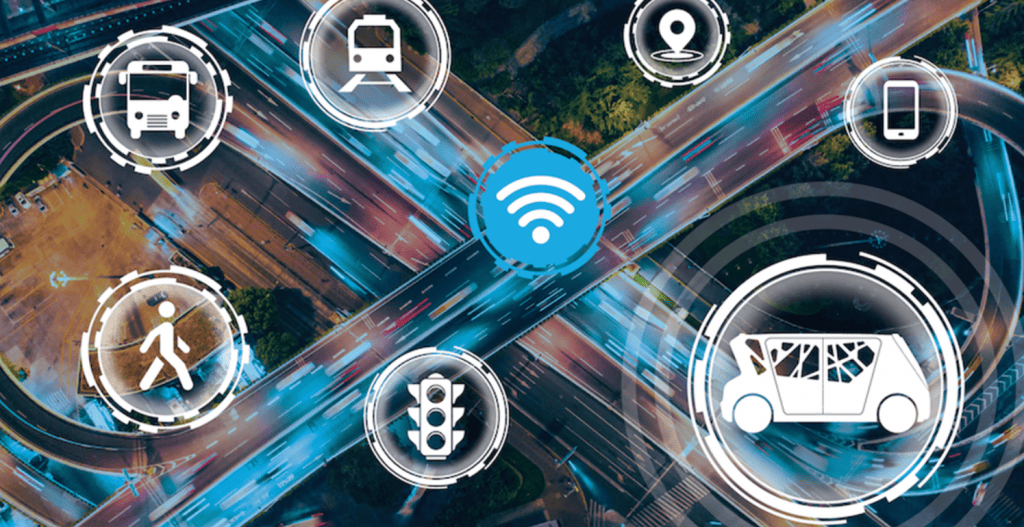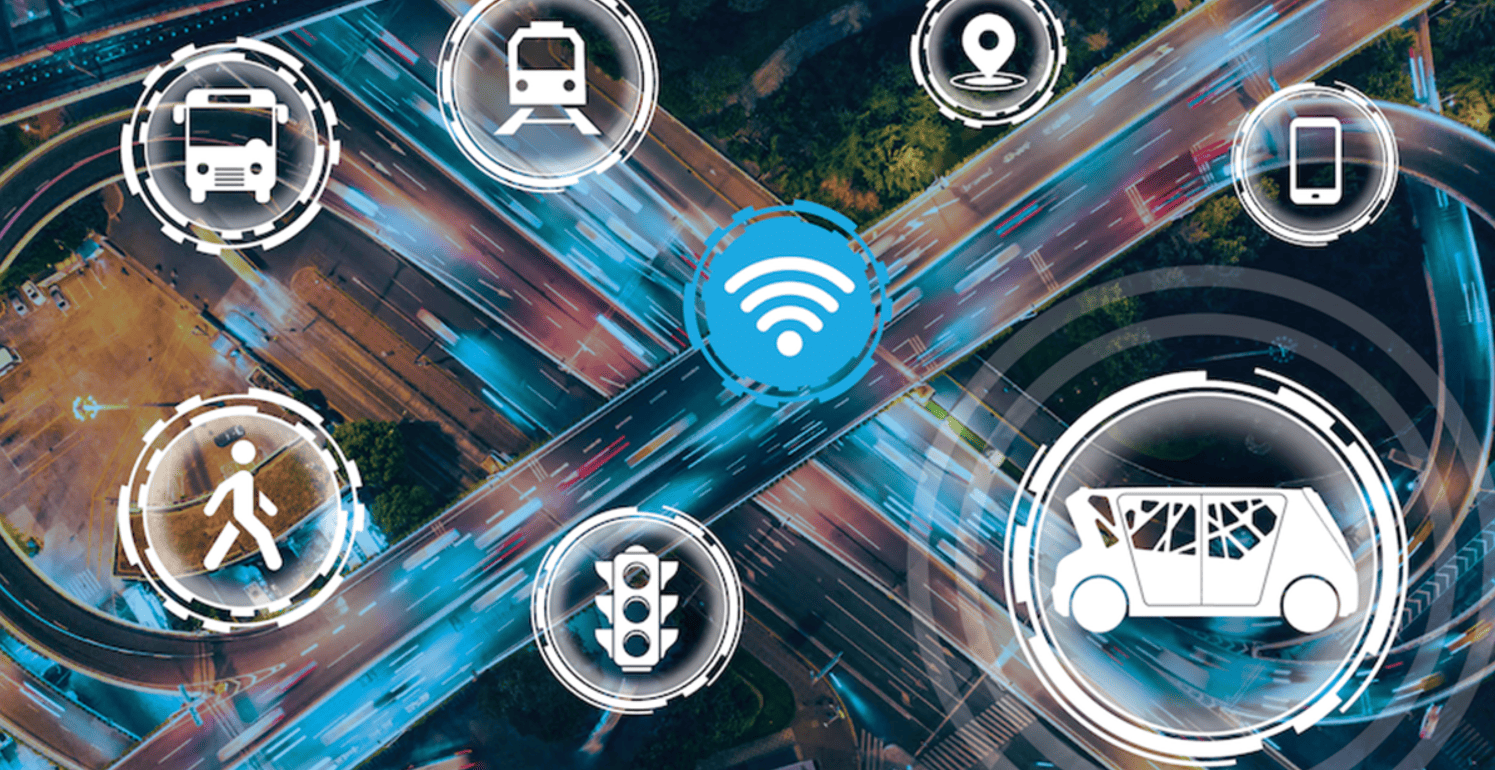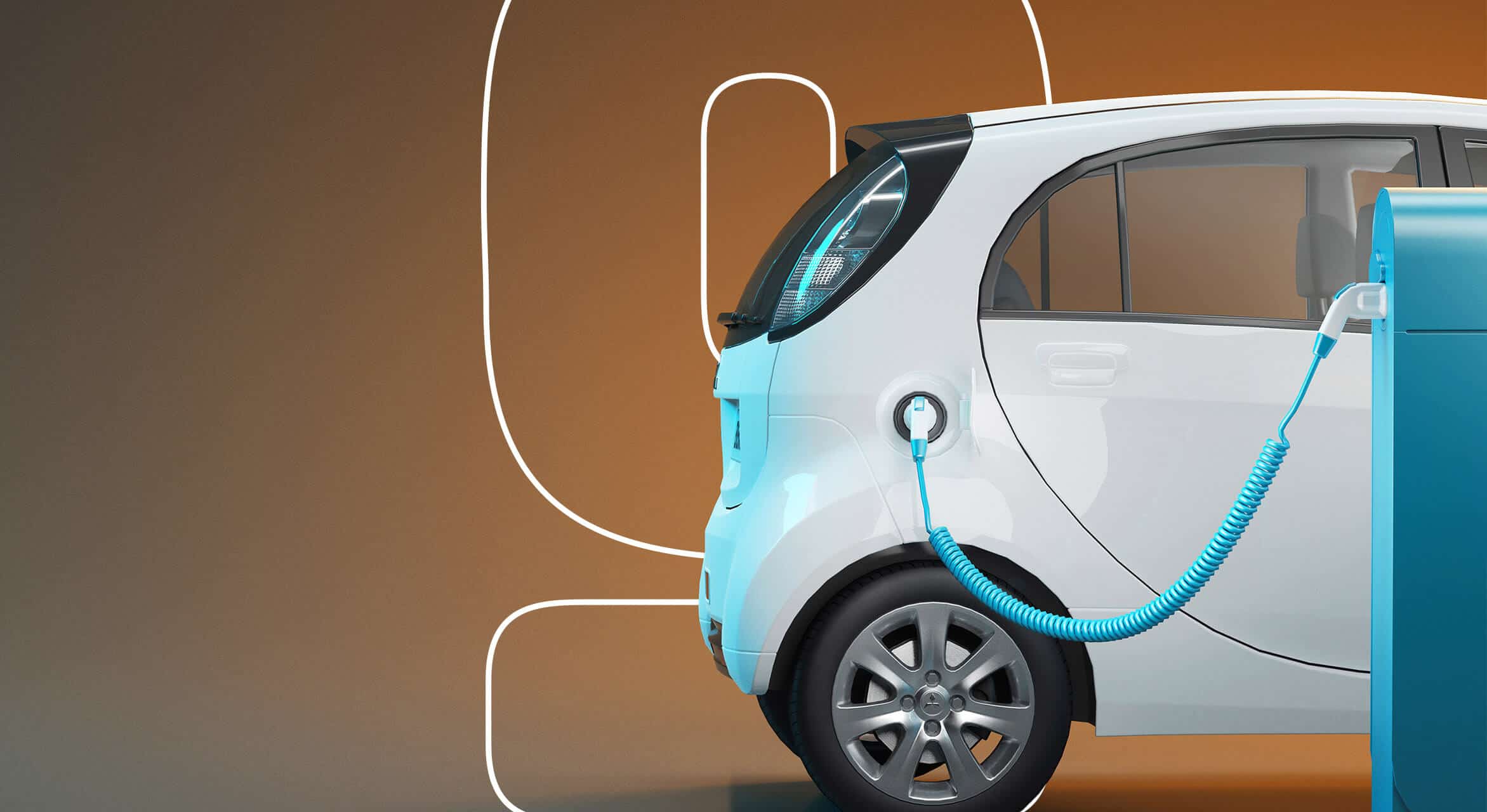In the ever-evolving landscape of transportation, we are witnessing a revolution in mobility like never before. From ride-sharing and Mobility-as-a-Service (MaaS) platforms to the prospect of flying cars, the future of mobility is set to transform the way we move from point A to B. In this article, we’ll delve into these exciting developments and explore how they are shaping the future of transportation.

The Rise of Ride-Sharing
Ride-sharing services like Uber and Lyft have disrupted the traditional taxi industry and revolutionized urban transportation. These platforms offer a convenient and cost-effective alternative to owning a personal vehicle. As the industry continues to expand, we can expect several key trends to shape its future:
Read more: Exploring The Reasons Behind Your Soft Brake Pedal On Your Audi!
1. Autonomous Vehicles
The integration of autonomous vehicles into ride-sharing fleets is on the horizon. Companies are investing heavily in self-driving technology, aiming to reduce operating costs and enhance safety. This shift will not only change the way we hail rides but also redefine the role of the driver.
2. Electric and Sustainable Rides
Environmental concerns are driving the shift toward electric and sustainable vehicles in ride-sharing. Electric cars and even e-bikes are becoming more common, reducing emissions and our carbon footprint.
3. Integration with Public Transit
To provide comprehensive mobility solutions, ride-sharing services are increasingly partnering with public transportation providers. This integration allows passengers to plan, book, and pay for entire journeys using a single app, promoting seamless intermodal travel.
Mobility-as-a-Service (MaaS)
MaaS is an emerging concept that aims to simplify and streamline transportation options for consumers. It integrates various modes of transportation, including buses, trains, bikes, and ride-sharing, into a single digital platform. Here’s what we can expect from MaaS in the future:
1. Multi-Modal Journeys
MaaS platforms will enable users to plan and pay for multi-modal journeys seamlessly. Imagine booking a train, a ride-share, and a bike all in one go, with a single payment.
2. Personalized Travel Experiences
AI and machine learning will play a significant role in MaaS by offering personalized travel recommendations based on user preferences, traffic conditions, and real-time data.
3. Reduced Congestion and Emissions
By optimizing routes and encouraging shared rides, MaaS has the potential to reduce traffic congestion and lower emissions, contributing to more sustainable urban environments.
The Promise of Flying Cars
While it may sound like science fiction, flying cars are no longer a distant dream. Several companies are actively developing prototypes and working toward the commercialization of flying vehicles. Here’s what the future of flying cars might look like:
1. Urban Air Mobility (UAM)
Urban air mobility envisions a network of electric vertical takeoff and landing (eVTOL) vehicles shuttling passengers above congested city streets. UAM promises to reduce travel times and alleviate urban gridlock.
2. Environmental Considerations
The success of flying cars will depend on addressing environmental concerns. Manufacturers are focusing on electric propulsion systems and noise reduction technologies to make these vehicles more sustainable and acceptable to communities.
3. Regulatory Challenges
Integrating flying cars into existing airspace regulations poses a significant challenge. Governments and aviation authorities will need to adapt regulations to accommodate this new mode of transportation safely.
FAQs
1. What is Mobility-as-a-Service (MaaS)?
Mobility-as-a-Service, or MaaS, is a concept that integrates various modes of transportation, such as public transit, ride-sharing, and more, into a single digital platform, making it easier for users to plan and pay for their journeys.
2. How do ride-sharing services like Uber and Lyft work?
Ride-sharing services connect passengers with drivers through a mobile app. Users request a ride, and a nearby driver accepts the request, providing transportation from one location to another.
3. Are autonomous (self-driving) cars available for ride-sharing yet?
Autonomous cars are in development, and some companies have started testing them in ride-sharing fleets. However, widespread adoption is still in progress, and regulatory hurdles must be overcome.
4. What are the environmental benefits of electric vehicles in ride-sharing?
Electric vehicles (EVs) produce fewer emissions compared to traditional gasoline-powered cars, reducing air pollution and contributing to a more sustainable transportation ecosystem.
5. How will Mobility-as-a-Service (MaaS) benefit urban commuters?
MaaS offers commuters a convenient and seamless way to plan and pay for their journeys using various modes of transportation. It can reduce the need for private car ownership, ease congestion, and lower transportation costs.
6. What are the challenges of implementing Mobility-as-a-Service (MaaS)?
Challenges include integrating different transportation providers, ensuring data sharing and privacy, and adapting to varying regulatory environments.
7. What are electric vertical takeoff and landing (eVTOL) vehicles, and how do they relate to flying cars?
Electric vertical takeoff and landing (eVTOL) vehicles are aircraft that can take off and land vertically, similar to helicopters. They are a key technology in the development of flying cars, offering the potential for urban air mobility.
Read more: SAT Navs for Tourists: Navigating the UK’s Attractions with GPS
8. Are flying cars a reality, or are they still in the concept stage?
Flying cars are no longer purely conceptual. Several companies are actively developing prototypes and working toward the commercialization of these vehicles, though they are not yet widely available.
9. How will urban air mobility (UAM) impact city transportation?
Urban air mobility aims to reduce traffic congestion by offering aerial transportation options. It has the potential to significantly reduce travel times within cities and alleviate ground-level congestion.
10. What are the regulatory challenges associated with flying cars and urban air mobility?
Integrating flying cars into existing airspace regulations is a complex issue. Regulators must establish safety standards and airspace management protocols to ensure the safe coexistence of traditional aircraft and eVTOL vehicles.
Conclusion
The future of mobility is exciting and full of promise. Ride-sharing services are becoming more autonomous and sustainable, MaaS is set to revolutionize how we plan and pay for our journeys, and flying cars could soon take us to the skies. As these technologies advance and become more accessible, our cities and transportation systems will undergo transformative changes, offering more convenience, efficiency, and sustainability for all. The future of mobility is not a distant vision; it’s on the horizon, and it’s ready to redefine the way we move.


